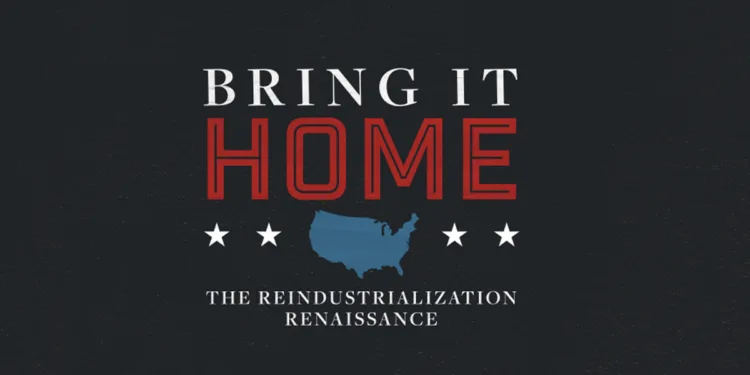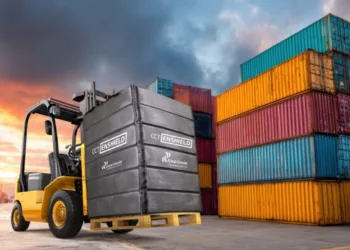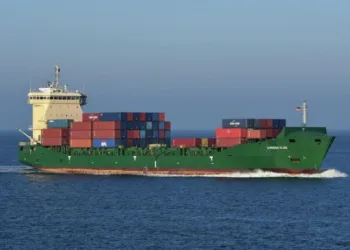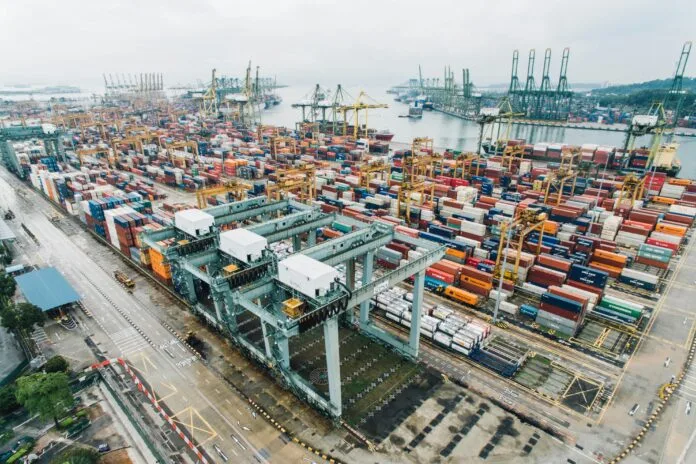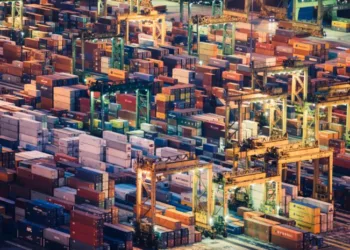President Donald Trump has implemented a reciprocal tariff scheme that raises tariffs on imports from other countries that place tariffs on U.S. goods. The stated goal is to level the playing field for American manufacturers and bring factories and jobs back to the United States.
The plan targeted industries like steel, aluminum, automobiles and consumer electronics – areas where the U.S. has seen significant manufacturing job losses in recent decades. But it also affected commodities like cocoa and bananas, which are unlikely to be grown in the U.S. in significant numbers, suggesting that at least some of the tariffs are intended to be used as bargaining chips by the administration to get movement on other issues. Because the tariffs have been imposed for different reasons depending on the trading partner and commodity, it’s difficult to talk about their effects, intended or otherwise, as a whole.
This is JP Hampstead, co-host of the Bring It Home podcast with Craig Fuller. Welcome to the 20th edition of our newsletter, which puts trade policy in the broader context of a comprehensive industrial policy.
While tariffs can provide some short-term protection for domestic industries, I believe they’re insufficient on their own to reverse the long-term decline in U.S. manufacturing. The reality is far more complex, as outlined in a recent article on X by entrepreneur and Bring It Home podcast guest Molson Hart.
Hart explains that, while labor costs are a significant factor, they are not the only reason manufacturing has moved overseas. The United States faces several key challenges in reshoring manufacturing. First, there is a considerable lack of manufacturing infrastructure and domestic supplier networks.
Over the years, the U.S. has also experienced a loss of essential manufacturing knowledge and skills within its workforce, further complicating efforts to bring production back. Additionally, the costs associated with energy, transportation and regulatory compliance in the U.S. are comparatively high, posing another barrier.
Hart also notes that automation is reducing the number of manufacturing jobs even as output increases. So even if production returns, it may not bring back a proportional number of jobs.
Personally, I think the “if the factories come back, they’ll be full of robots anyway” argument is overblown. Yes, automotive assembly workers are approximately five times as productive today as they were in the 1950s. The largest automotive plant in the United States by number of assembly workers is Toyota in Georgetown, Kentucky, which employs approximately 9,500 people. It’s a much smaller scale in people terms than Ford’s River Rouge plant, which employed in excess of 100,000 in the 1930s, but anyone who says 9,500 manufacturing jobs aren’t worth pursuing because the numbers are too small is disconnected from reality. It turns out that the median household income in Georgetown is about $78,000 per year, 25% higher than the rest of Kentucky.
Anyway.
To truly revitalize American manufacturing, tariffs must be part of a broader, more robust industrial policy. This strategy should encompass several critical areas. Regulatory reform is essential to streamline permitting processes, environmental reviews and other regulations, which would reduce compliance costs and encourage new manufacturing investments. Tax policy should aim to provide incentives for research and development, capital investments in cutting-edge equipment and facilities, and workforce training. This could involve expanding the R&D tax credit and allowing for the immediate expensing of capital investments.
Infrastructure investment is another cornerstone, as modernizing transportation networks, energy grids and broadband is necessary to lower logistics costs and enhance competitiveness.
Additionally, export promotion efforts should be strengthened by providing resources and support to help small and medium-size manufacturers enter global markets. Strategic industry support is vital in identifying and nurturing industries of the future, such as semiconductors, biotechnology, clean energy and advanced materials. Lastly, implementing “Buy American” policies through federal procurement can help create markets for domestic manufacturers, particularly in critical industries. This comprehensive approach addresses the root causes of manufacturing decline, fostering an environment where American companies can innovate, boost productivity and generate high-quality jobs.
While tariffs can play a role in protecting strategic industries, they are just one tool in what needs to be a much larger toolbox. Without accompanying investments and reforms, tariffs alone risk raising consumer prices (or harshly suppressing demand) without generating sustainable gains in domestic manufacturing.
Quotable
“‘Liberation Day’ has very likely liberated the US and the WTO from each other for good. Nonetheless, it would be unwise to dismiss these visions. They represent the intellectualization of two ideas that resonate deeply with American voters: that past decades’ trade and security policies have been net negatives for Americans, and that they ought instead to produce tangible daily benefits. The longer these ideas are dangled in front of voters, the less likely it is we will see a return to a system in which the US plays by any trade rules at all.”
– Heather Hurlburt, associate fellow, U.S. and the Americas Programme, Chatham House
Infographic

A map of automotive production in the United States.
News from around the web
Trump tally: J&J plans $55 billion investment to expand U.S. manufacturing
Johnson & Johnson will spend $55 billion in the U.S. over the next four years on manufacturing, research and technology investments, the drug giant said Friday. The company breaks ground Friday on a manufacturing facility in Wilson, North Carolina, to make cancer and other medicines.
AI Meets Manufacturing – Nearshore Launches Sourcing Marketplace of Suppliers across the US, Latin America, and Europe
Nearshore officially unveiled its AI-powered manufacturing marketplace, connecting businesses with a network of over 2,200 factories across the U.S., Latin America and Europe. Nearshore offers an ecosystem of manufacturing partners across industries such as apparel, electronics and packaging.
Iron Prairie Ventures Launches Fund to Capitalize on America’s Reindustrialization
Iron Prairie Ventures announced it has raised a $15 million fund focused on pre-seed and seed-stage investments in startups fueling the industrial sector’s digital transformation. The fund will back companies developing innovative solutions across the construction, manufacturing, infrastructure, logistics and supply chain sectors.
Most recent episode
The post Trade policy changes alone won’t bring manufacturing back appeared first on FreightWaves.



